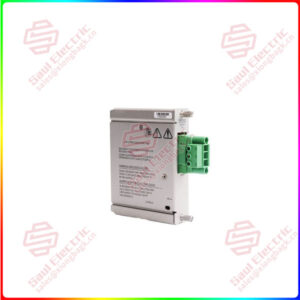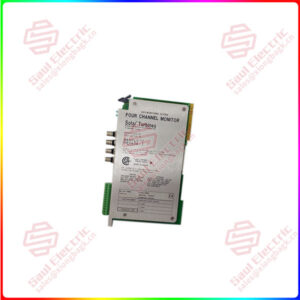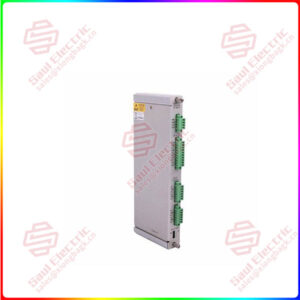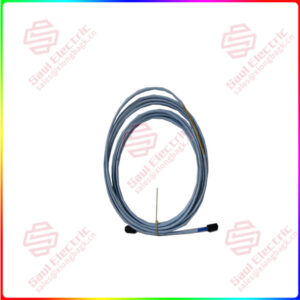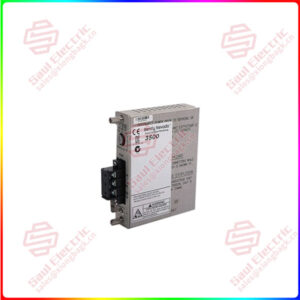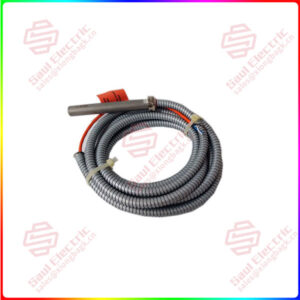Description
Overview
Essential details:PR6424/003-110+CON021 Eddy Current Signal Converter
lf you need to inquire or purchase ,please send the product models to my email or call medirectly .
sunny He
[Email] sales@xiongbagk.cn
[Mobile] 86-18059884797
[WhatsApp] 86-18059884797
[Skype] sales@saulcontrol.com
PR6424/003-110+CON021 Eddy Current Signal Converter
Product Description
The working principle of eddy current signal converter is mainly based on eddy current effect. Here’s a detailed explanation of how it works:
The eddy current signal converter consists of a main magnetic field and a conductor. The main magnetic field is generated by a permanent magnet or electromagnet, which forms a constant magnetic field inside the converter. When a conductor in a vortex signal converter enters this magnetic field, a circulating current called a vortex is generated inside the conductor. This is due to the action of the free electrons in the conductor by the magnetic field, which causes the electrons to form circular motion inside the conductor.
Specifically, when a conductor rotates or vibrates in a magnetic field, eddy currents in the conductor change accordingly. This vortex creates a ring current in the conductor, and its direction is perpendicular to the main magnetic field. When the eddy current flows inside the conductor, part of the energy is lost, and this part of the energy is converted into heat energy, making the conductor generate heat.
More critically, when the eddy currents in the conductor interact with the main magnetic field, the kinetic energy of the eddy currents can be converted into electrical energy. This conversion is based on the principle of inductive power generation, that is, the vortex signal converter converts the kinetic energy of the vortex into an electrical signal that can be further utilized or analyzed by capturing and exploiting the interaction of this vortex with the magnetic field.
In general, the eddy current signal converter works by using the interaction of a magnetic field with the eddy current in a conductor to achieve the process of converting the kinetic energy of the eddy into electrical energy, resulting in an output electrical signal that can be used for further analysis or control. This principle makes the eddy current signal converter have a wide application prospect in industrial automation, mechanical monitoring and other fields.


 1 Year Warranty
1 Year Warranty

